Best online banks of June 2024
Updated 5:30 p.m. UTC June 3, 2024
Editorial Note: Blueprint may earn a commission from affiliate partner links featured here on our site. This commission does not influence our editors' opinions or evaluations. Please view our full advertiser disclosure policy.
Online banks offer a basic tradeoff: You can typically earn higher yields and be charged fewer fees than you would from brick-and-mortar financial institutions, in exchange for a purely digital experience. That means no branches to visit.
Annual percentage yields (APYs) and account details are accurate as of May 29, 2024.
Best online banks
| ONLINE BANK | BEST FOR | STAR RATING | ATM NETWORK | HIGHEST SAVINGS ACCOUNT YIELD (APY) | PRODUCTS | |||||||
|---|---|---|---|---|---|---|---|---|---|---|---|---|
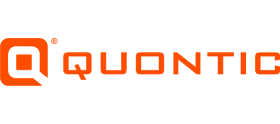 | Interest checking | 5.00 | 90,000+ | 5.00% | Checking, savings, MMAs and CDs | |||||||
| ||||||||||||
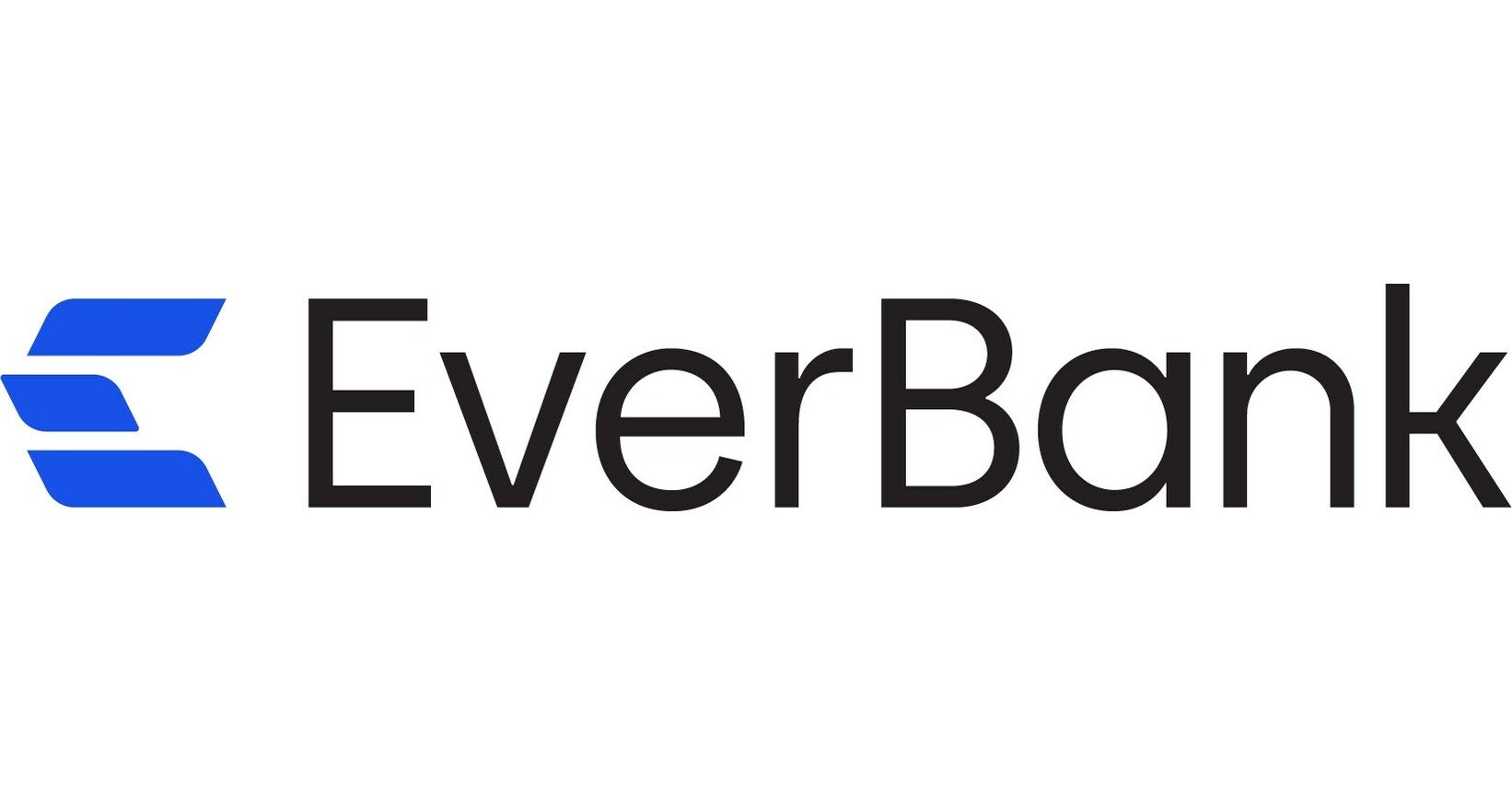 | High yields | 4.70 | 100,000 | 5.05% | Checking, Savings, MMAs, CDs | |||||||
| ||||||||||||
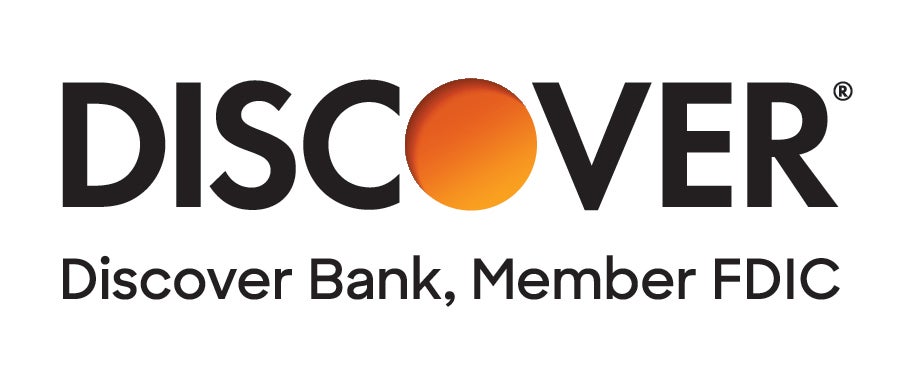 | High yields and low fees | 4.65 | 60,000+ | 4.25% | Checking, Savings, MMAs, CDs | |||||||
| ||||||||||||
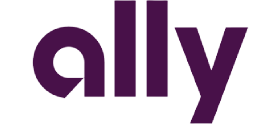 | Savings tools | 4.58 | 43,000+ | 4.20% | Checking, Savings, MMAs, CDs | |||||||
| ||||||||||||
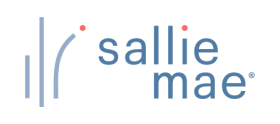 | Savings options | 4.19 | 0 | 4.50% | Savings, MMAs, CDs | |||||||
| ||||||||||||
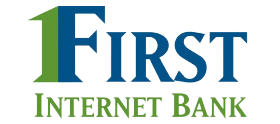 | CD yields | 4.17 | 0 | 3.77% to 5.48% | Checking, Savings, MMAs, CDs | |||||||
| ||||||||||||
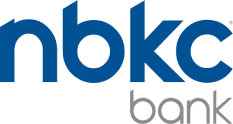 | All-in-one account | 4.12 | 37,000+ | 3.00% | Checking, Savings, MMAs, CDs | |||||||
| ||||||||||||
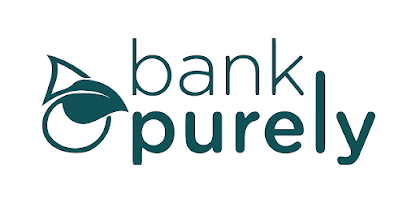 | Environmentally-conscious banking | 4.11 | 55,000+ | Up to 5.05% | Checking, Savings, MMAs, CDs | |||||||
| ||||||||||||
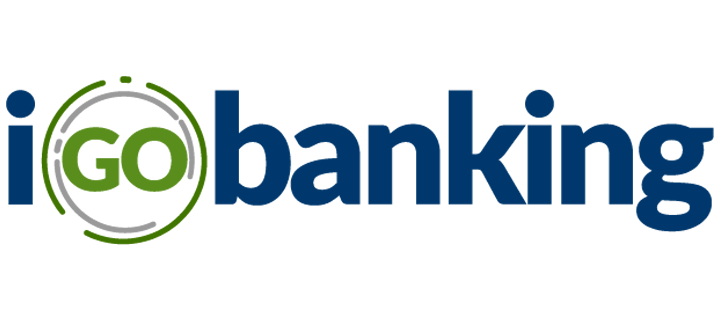 | High CD yields | 3.80 | 55,000+ | Up to 5.05% | Checking, Savings, MMAs, CDs | |||||||
| ||||||||||||
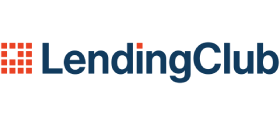 | Cash-back checking | 3.70 | 37,000+ | 5.00% | Checking, Savings, CDs | |||||||
|
Why trust our banking experts
We base our decision on which banks and products to include in our lists solely on an independent methodology, which you can read more about below. No financial institution or advertiser affects our selections. Moreover, our banking team consists of Taylor Tepper and Jenn Jones, who have won multiple journalism awards and have more than two decades of combined experience in the personal finance industry. These editors are accompanied by a team of analysts who help us accumulate data and ensure its accuracy. Ultimately, we evaluated hundreds of products and analyzed thousands of data points to help you find the best online banks today.
- 82 online banks reviewed.
- 35+ data points analyzed.
- 4 levels of fact-checking.
Best online banks of May 2024
Methodology
Opting for an online bank requires some financial derring-do. Chances are your parents, and surely not their parents, ever banked with a digital upstart, which means you’re likely coming to your new bank without avuncular guidance.
In order to garner your business, and keep it, online banks typically need to offer better terms than traditional financial institutions on products like savings accounts and CDs. The upside is that with a little research, you can find a better deal. The downside is you have to put in a bit of work.
We evaluated accounts offered by 83 online banks and scored each out of 100. A score of 100 earned a five-star rating; a score of 80 earned a four-star rating and so on. The factors we considered and how we weighed them are below.
APY 32%. A hugely important factor, albeit not the only one, in determining where you’ll bank is how much you’ll earn on savings. Therefore we prioritized a bank’s APY on savings products. This is especially true for online banks, which heavily compete on yields compared to their brick-and-mortar competitors.
Product offerings 20%. When you join a bank, you expect it to offer more than a single type of account. While online banks may or may not offer a smattering of consumer loans, we specifically looked for checking, savings, CDs and money market accounts as a baseline, with each counting towards 5% of a bank’s total score.
App ratings 10%. Out of all your mobile apps, you may want your banking apps to be the most reliable. To that end, the Apple App Store and Google Play Store ratings were factored into our analysis.
Fees 10%. Paying monthly fees to have a bank account is a fashion that’s rapidly going out of style, especially with online banking. But we still looked at whether the banks had fees for their deposit accounts and weighed them accordingly.
Size of fee-free ATM network 10%. Given that online banks don’t have any physical branches, being able to access cash (and your account in general) via an ATM can be important. And who wants to pay a fee each time? No one, that’s who. We considered the size of fee-free, in-network ATMs when we evaluated the online banks.
Customer service 8%. We reviewed the letter grades awarded by the Better Business Bureau, the scores from Trustpilot and factored in whether online banks offered an online customer chat function.
Minimum opening deposit 5%. If you want a new online bank account, it should be within your financial reach. The lower the requirement, the better.
Minimum required balance 5%. We considered how much you need not only to open an account, but to keep it open. The fewer funds a bank requires you to tie up, the higher it scored.
Why some online banks didn’t make the cut
You’ll notice that some of the biggest names in banking aren’t on our list. Firstly, the largest banks in the nation by asset size all have physical locations (they’re not online-only banks). Moreover, the largest banks tend to offer poor yields on consumer deposit accounts (which is the factor we weighed the most heavily).
The largest banks already enjoy the benefits of having a ton of deposits; they don’t feel the need to offer great rates to attract more customers (a.k.a. more deposits).
Smaller institutions typically offer the best rates to gain attention and attract customers.
The online banks we monitor
We keep track of 83 online banks:
ableBanking, Acorns, Affirm, Albert, Ally Bank, American Express Bank, Andigo Credit Union, Aspiration, Axos Bank, Bank5 Connect, BankDirect, BankPurely, BankUnitedDirect, Barclays, Bask Bank, Betterment, BlueVine, Bread Financial, Brex, BrioDirect, Capital One 360, Charles Schwab Bank, CIT Bank, Citizens Access, Colorado Federal Savings Bank, Copper, Current, Dave, Discover, DollarSavingsDirect, EBSB, Ellevest, EmigrantDirect, EverBank, First Internet Bank, FitnessBank, FNBO Direct, GoBank, Greenlight, HSBC Direct, iGObanking, IncredibleBank, Investors eAccess, LendingClub, Lili, Limelight Bank, Live Oak Bank, Marcus by Goldman Sachs, MemoryBank, Mercury, Milli Bank, My Banking Direct, My eBanc, MySavingsDirect, Nationwide, nbkc bank, Northern Bank Direct, Novo, One Finance, Popular Direct, Purepoint Financial, Quontic Bank, Redneck Bank, Relay, Rising Bank, Salem Five Direct, Sallie Mae Bank, SFGI Direct, Simple, SmartyPig, SoFi, State Farm, Step, Synchrony Bank, TAB Bank, TotalDirectBank, UFB Direct, Varo Bank, Vio Bank, VirtualBank, Wealthfront and Zynlo Bank.
What is online banking?
Online banking involves managing your financial accounts on the internet, and without access to a brick-and-mortar branch.
Most financial institutions allow you to log on to your account via a mobile app or internet browser such as Google Chrome, Firefox and Safari. In fact, you’d be hard pressed to find a U.S. bank that doesn’t allow digital access.
A 2023 survey from the American Bankers Association reports that customers use mobile apps more than any other channel to manage their accounts.
Traditional banks have to offer digital experiences to keep up, but many new banks exist only digitally. While any bank can have an online presence, the phrase “online bank” often refers to institutions that have digital-only customer access.
So is there a trade-off for not having the option to visit a branch?
“You typically make more money via interest with an online bank compared to a bank that has to pay higher overhead costs to build a physical location and pay for upkeep and maintenance of the property,” said Michael E. Pyle, managing director at Challenge Everything Financial, a financial planning firm based in Kansas City.
The lack of a branch, however, doesn’t mean the bank has no physical presence. Many online banks have an extensive ATM network so you’re able to literally pocket some cash.
Quick tip. Online-only banks typically need to offer better terms to attract new business. You can often find a good deal if you're willing to move banks.
How to open a bank account online
You don’t have to leave your home to open a bank account. Once you’ve found a bank you want to work with, you’ll likely complete the following steps:
- Head to the bank’s website.
- Choose the bank account(s) you want.
- Fill out an application.
- Provide identity verification documents.
- Wait for approval.
- Fund your new account.
In many cases, the application and approval process takes a matter of minutes.
You can make the process run smoothly by gathering the necessary documents ahead of time. Most banks will ask for the following details:
- Your Social Security number. An Individual Taxpayer Identification Number (ITIN) may also fit the bill.
- A government-issued ID. Many people use their driver’s license. But a passport or other form of identification might be accepted.
- Any deposits. If you are required to make an opening deposit, have funding account information ready, including the routing and account numbers.
If you run into any issues, you’ll often find a customer support team ready to help.
Choosing the best digital banking experience
Digital banking experiences aren’t created equally. The features and the overall quality will vary based on the financial institution. It's helpful to explore all of your options before signing up for an account.
- Yields. Online banks tend to offer higher APYs than traditional banks. But even among online banks, there is a wide range of interest rates. A high yield is a top priority for growing funds.
- Bank fee. Before signing up for an account, check out the fee structure and confirm that you are comfortable with the fees before applying for an account.
- Product offerings. Some online banks feature a full suite of banking products, while others offer only a handful of savings accounts. When looking for an online bank, keep your goals in mind. If you’re after a top savings yield, you might choose a different bank than someone who wants to manage all of their accounts with a single institution.
- ATMs. If you want to have access to physical cash with limited fees, look for an online bank that offers access to a large fee-free ATM network.
- Mobile app. A glitchy mobile app can ruin your digital banking experience. Take a look at the app reviews in the Google Play Store and the App Store to see how it stacks up. If the rating is low despite thousands of reviews, you might want to choose another bank.
- Deposit insurance. It’s critical to confirm the financial institution you work is guaranteed by the Federal Deposit Insurance Corporation (FDIC) or the National Credit Union Administration (NCUA), which protects your funds up to $250,000 per depositor, per covered institution, and per ownership type.
- Safety features. There are plenty of scammers in the world, but many online banks have extensive safety features to keep your funds safe, including fraud monitoring, account alerts and multi-factor authentication.
- Customer service. Consider available customer service options in light of how you like to be supported. Will you have to call or can you initiate a live chat? Is help available only during business hours? Does the bank score well on independent reviews?
Online banking vs. traditional banking
Traditional banking comes with physical branch locations to provide customer support: You could make deposits, check your account balance, apply for a loan or ask any number of questions about your banking experience.
Quick tip. In-person banking can be handy when unique situations arise, such as picking up a cashier's check to close on a new house.
For some Americans, the experience of face-to-face customer service can’t be replaced. For others, support via phone, email or live chat is fine. Either way, quality matters.
“Reliable customer support is an indispensable aspect to consider,” said Oliver Wagner, CPA and founder of 1040 Abroad, a tax firm for expats. “Having access to knowledgeable and helpful representatives can make all the difference.”
Besides customer service channels, a frequent difference between online and traditional banking is the number of financial products offered.
Online banks are often smaller and may have a limited number of accounts. So you might find a top-notch savings account at one but no checking account. This might lead to you having accounts at multiple online banks to get the best deal for each type of deposit.
Is online banking safe?
The allure of higher interest rates and lower fees is a handsome feature of most online banks. But is it worth the risk when cybercriminals are harder to spot than your typical bank robber? The FBI received reports of cybercrime losses totaling $12.5 billion in 2023 alone.
Financial cybersecurity is a serious matter that is always evolving. Many governmental bodies are involved in setting data security standards, including the Securities and Exchange Commission, the Federal Financial Institutions Examination Council and the Cybersecurity and Infrastructure Security Agency, to name a few.
The American Bankers Association states that banks have strict regulations and the highest security requirements among critical U.S. industries.
In general, digital banking is a safe option. Like brick-and-mortar banks, online banks can offer FDIC-insured savings products to provide peace of mind about your funds and many have extensive security features, including account alerts, fraud monitoring and multi-factor authentication.
Quick tip: If you’re especially concerned or at risk, identity theft protection services are available from companies such as Aura, Norton and Allstate.
But what happens if the worst happens and all your digital cash vanishes?
Contact the financial institution immediately and say you see unauthorized transactions in your account. If your debit card or PIN was stolen and you report it within two days, you can only be held responsible for up to $50 worth of transactions; but after two days, you could be liable for up to $500.
If you notice unauthorized charges on your bank statement and don’t notify the bank within 60 days of receiving it, you could be responsible for any transactions that occurred after the 60-day period and before you notified your bank.
The Consumer Financial Protection Bureau, the Federal Trade Commission’s Bureau of Consumer Protection and the Office of the Comptroller of the Currency all offer further guidance and resources.
Frequently asked questions (FAQs)
JPMorgan Chase is the largest bank in the U.S. and has a significant online presence. Ally Bank is the largest purely digital bank. Chime®* is often cited as the largest digital bank, but, while it offers banking services, it is a financial technology (“fintech”) company, not a bank.
Whether an online bank account is free depends on the bank. Some organizations charge monthly maintenance fees for checking, savings and money market accounts while others don’t.
The digital nature of online banks doesn’t mean you have to skip FDIC insurance. Online banks, like traditional banks, can be FDIC-insured. Before signing up to work with a particular online bank, you can confirm that its accounts are protected with the FDIC BankFind tool.
If you’ve had bank account issues before — say, overdraft fees piled on too high and you jumped ship — you may have a black mark on your bank history report that makes it hard to be approved for new accounts. If that’s the case, second-chance banking accounts could help. Options include: Capital One 360 Checking Account, Chime® Second Chance Banking*, Wells Fargo Clear Access Banking℠ and any Varo Online Bank Account.
Many online banks offer accounts with ATM access to give customers the ability to withdraw physical cash from their digital bank account. While most online banks offer some level of access to ATMs, not all online banks offer this perk. If you want access to ATMs, confirm the online financial institution offers this option before signing up for an account.
There are several potential ways to deposit physical cash into a digital account. If you have a bank with branches, you can visit the brick-and-mortar location to make a deposit, then transfer the money to the desired digital account. Some ATMs also accept cash deposits, but not all of them, so search for one with this feature.
If branches and cash-accepting ATMs aren’t an option, you could send yourself a wire transfer — deposit the cash with a third-party vendor such as Western Union or MoneyGram and then digitally wire yourself the funds. These services aren’t free, though, so those with consistent cash deposits should find a bank that will accommodate them.
*Chime is a financial technology company, not a bank. Banking services provided by The Bancorp Bank, N.A. or Stride Bank, N.A., Members FDIC.
Blueprint is an independent publisher and comparison service, not an investment advisor. The information provided is for educational purposes only and we encourage you to seek personalized advice from qualified professionals regarding specific financial decisions. Past performance is not indicative of future results.
Blueprint has an advertiser disclosure policy. The opinions, analyses, reviews or recommendations expressed in this article are those of the Blueprint editorial staff alone. Blueprint adheres to strict editorial integrity standards. The information is accurate as of the publish date, but always check the provider’s website for the most current information.


























